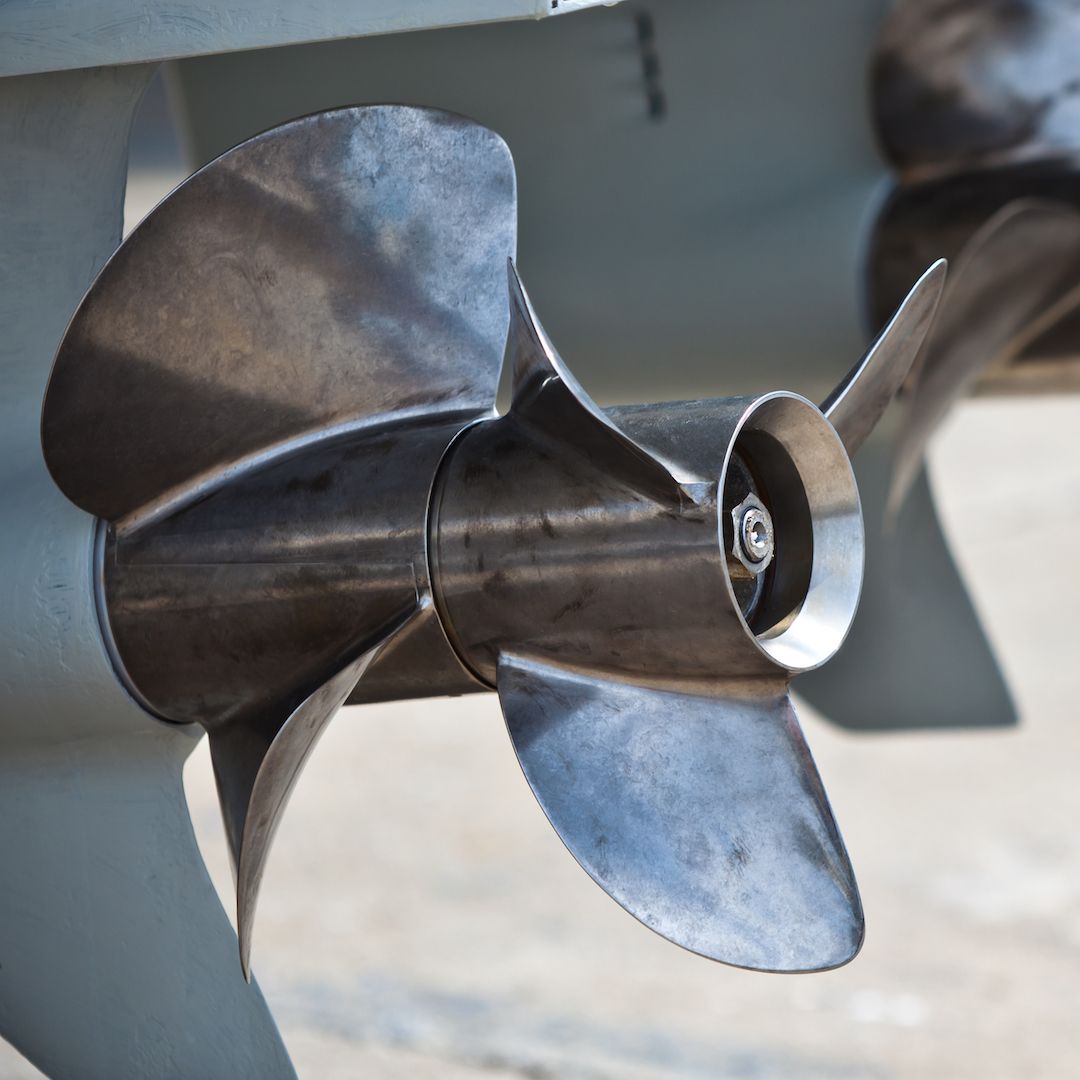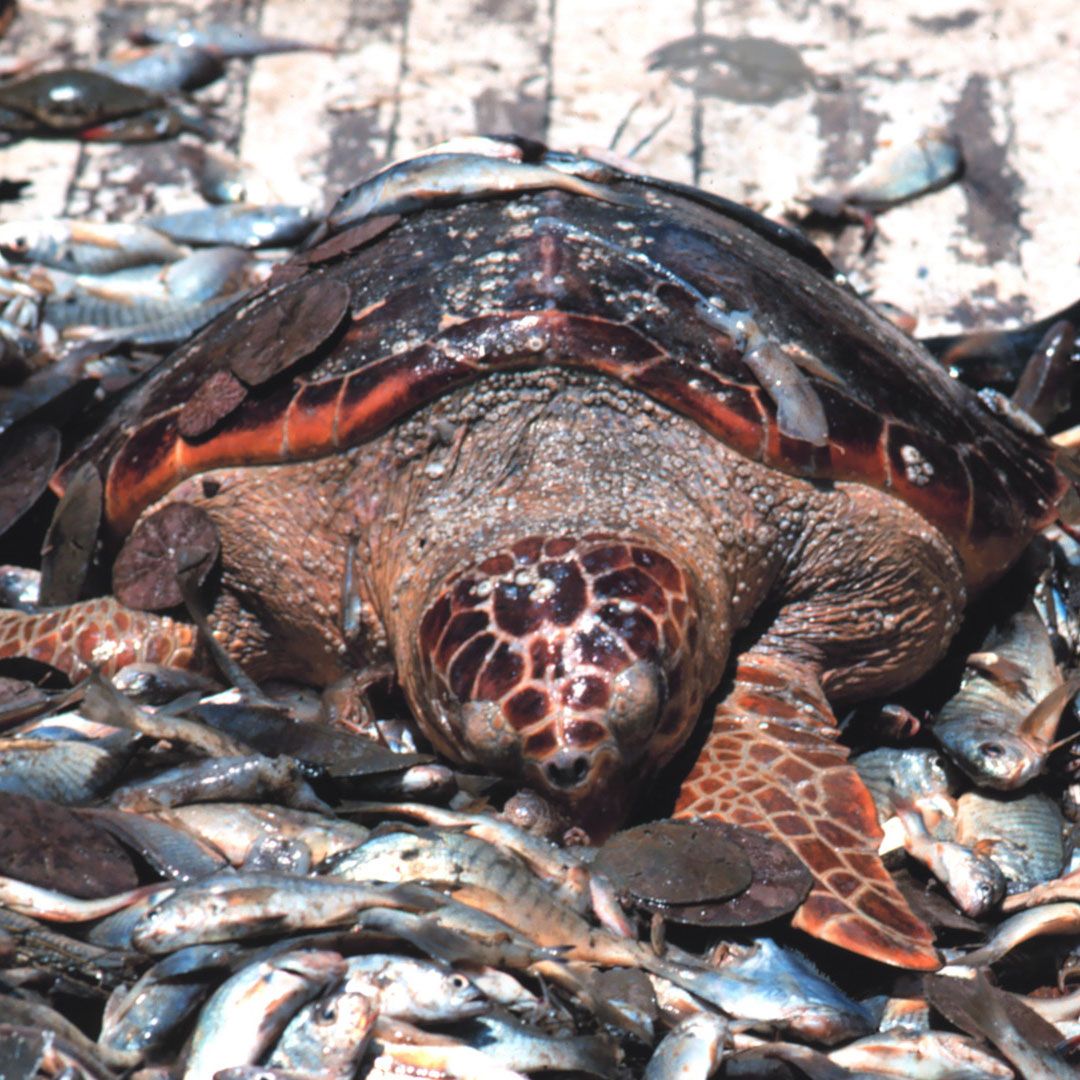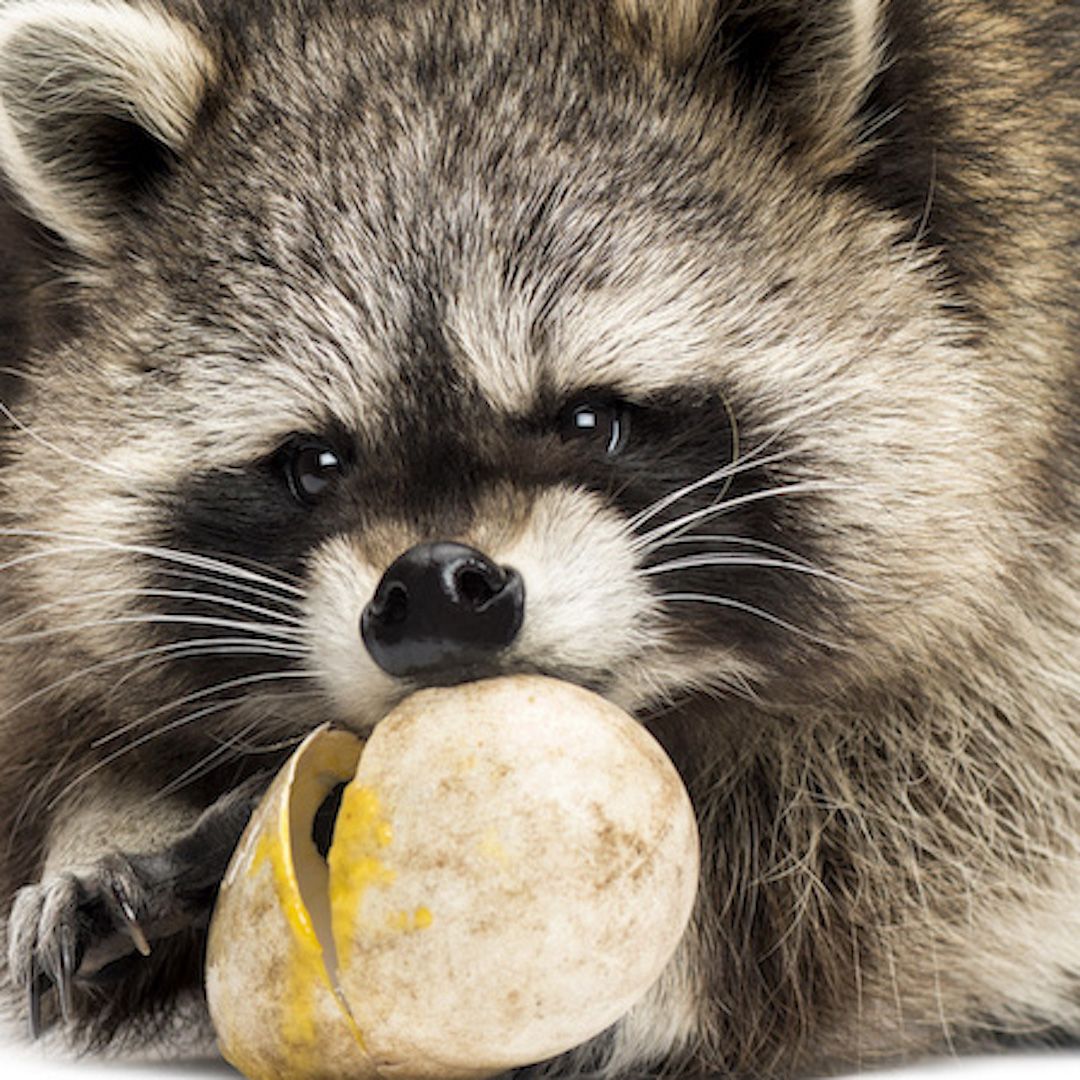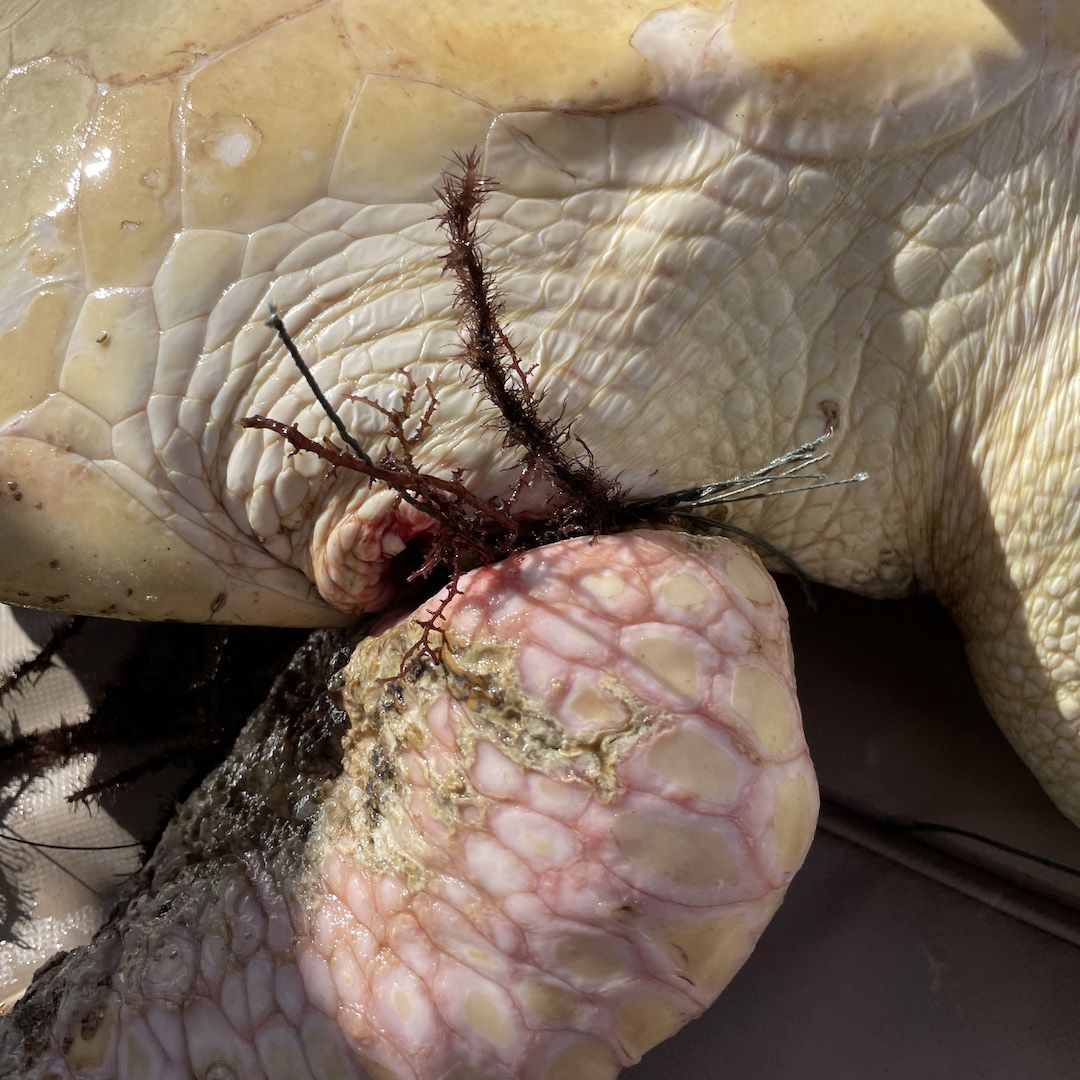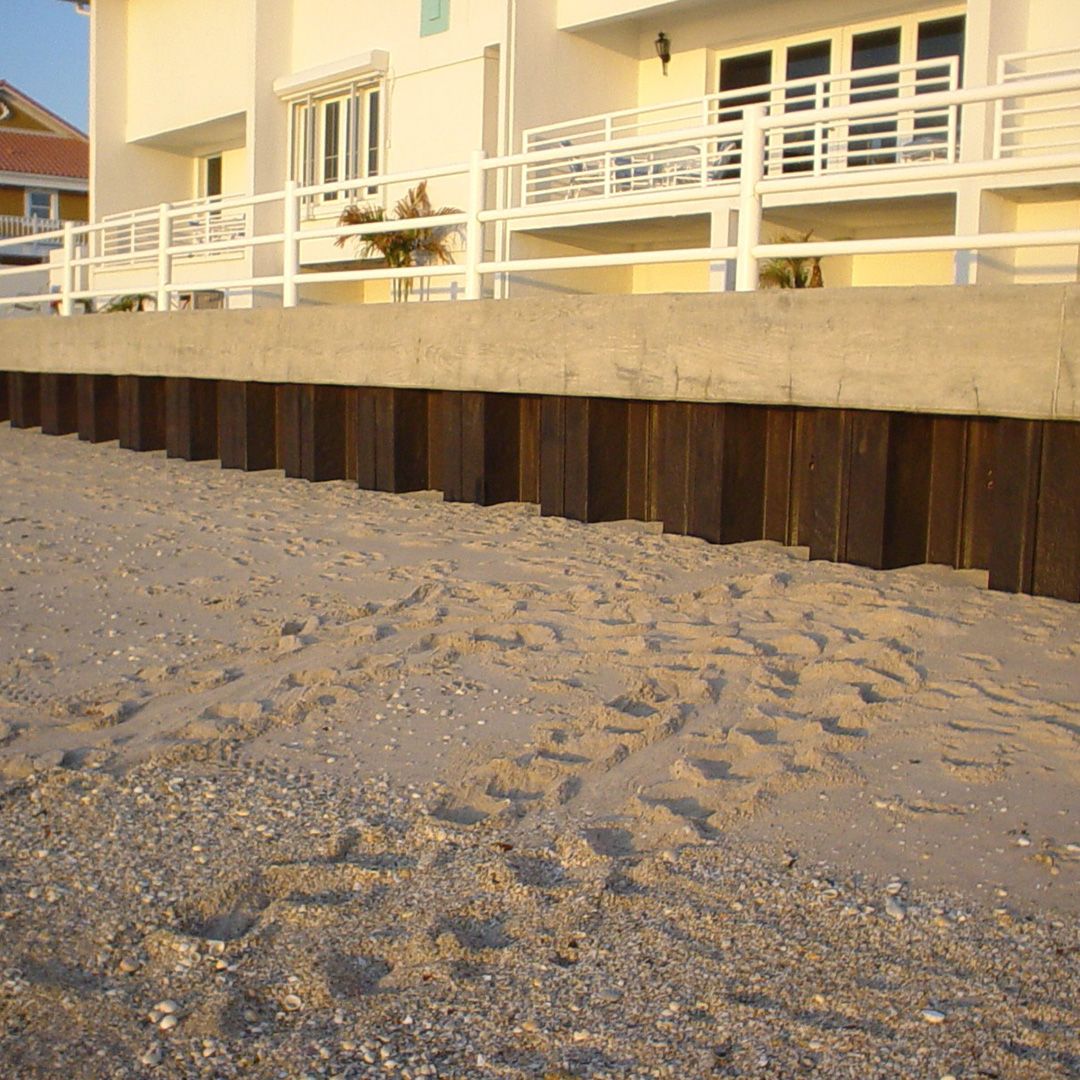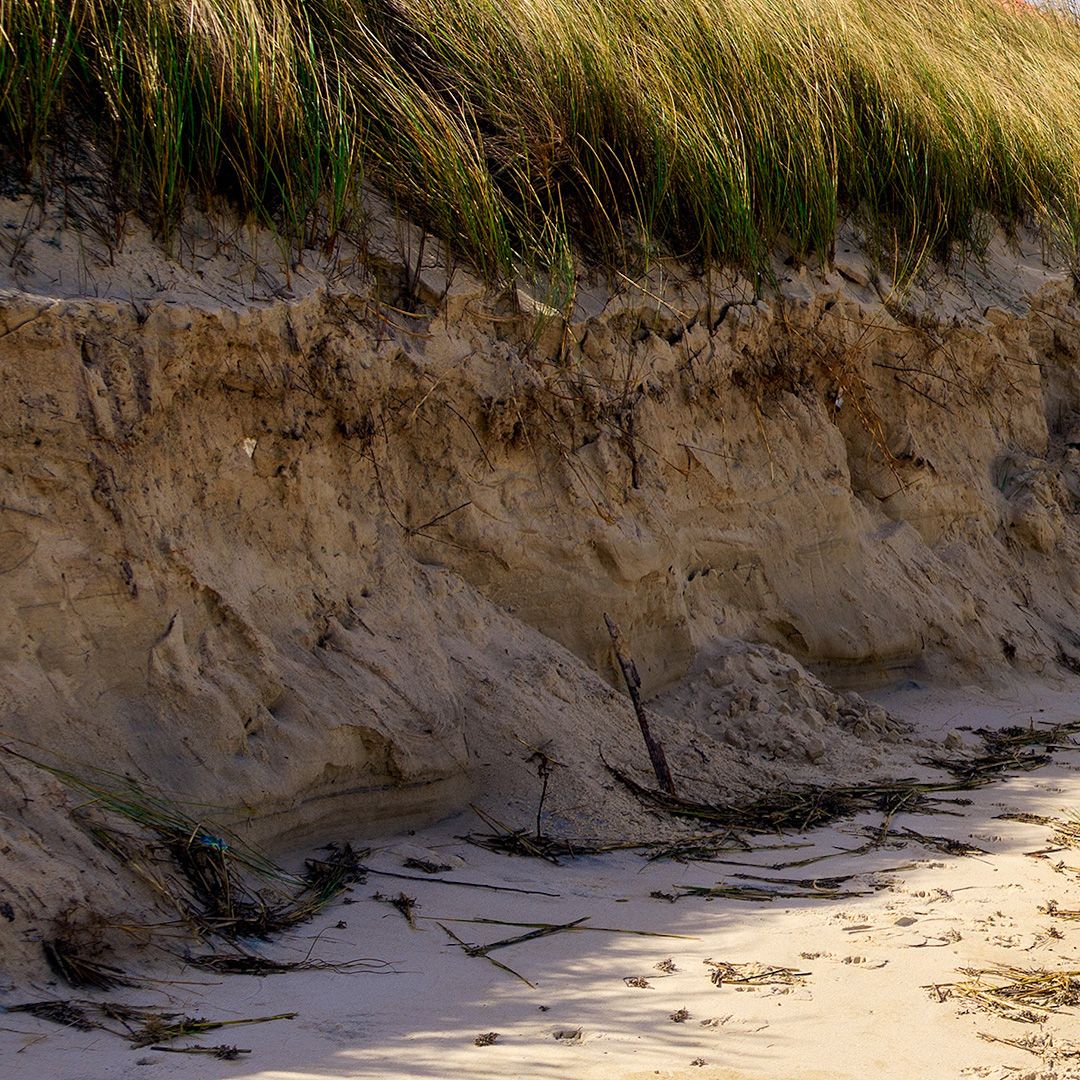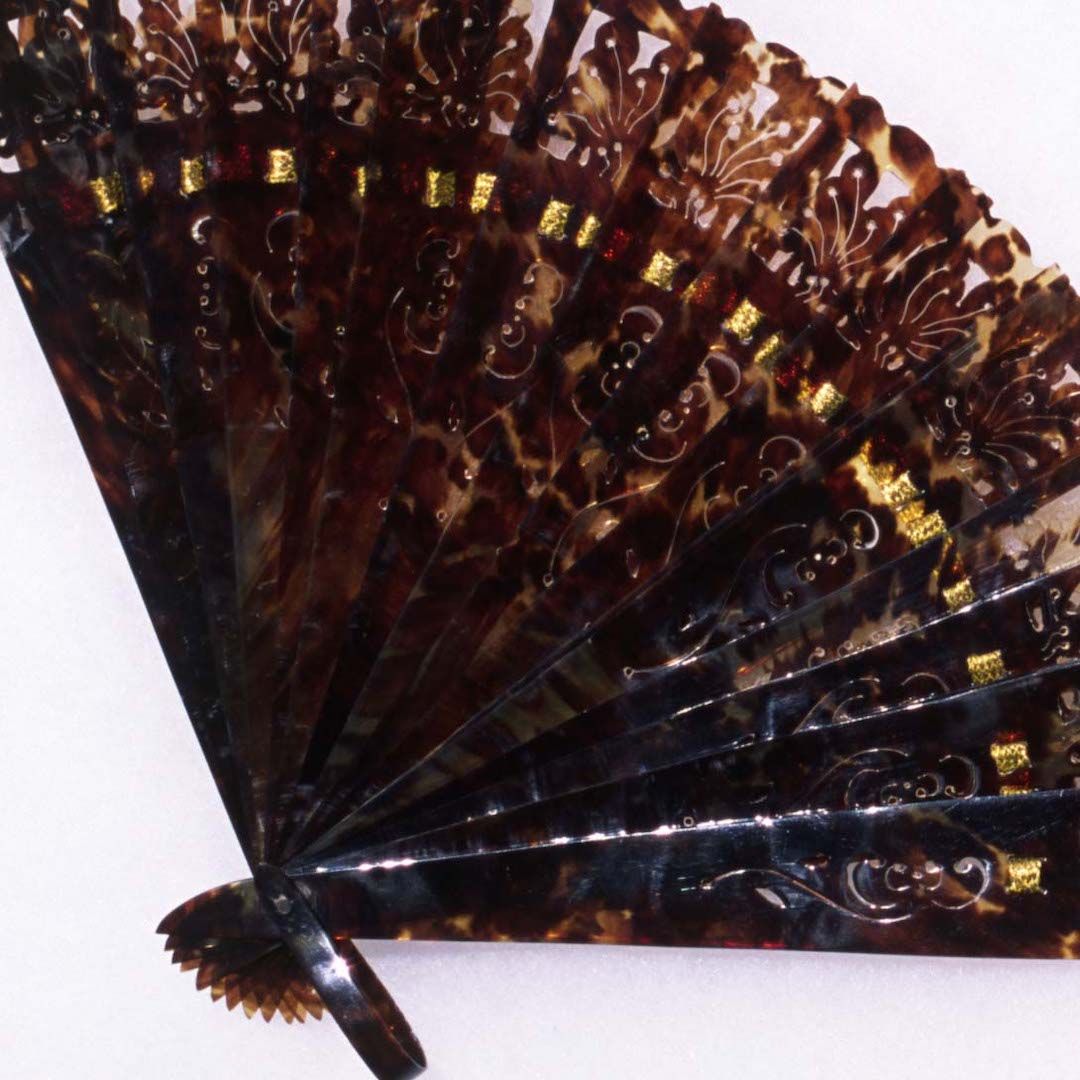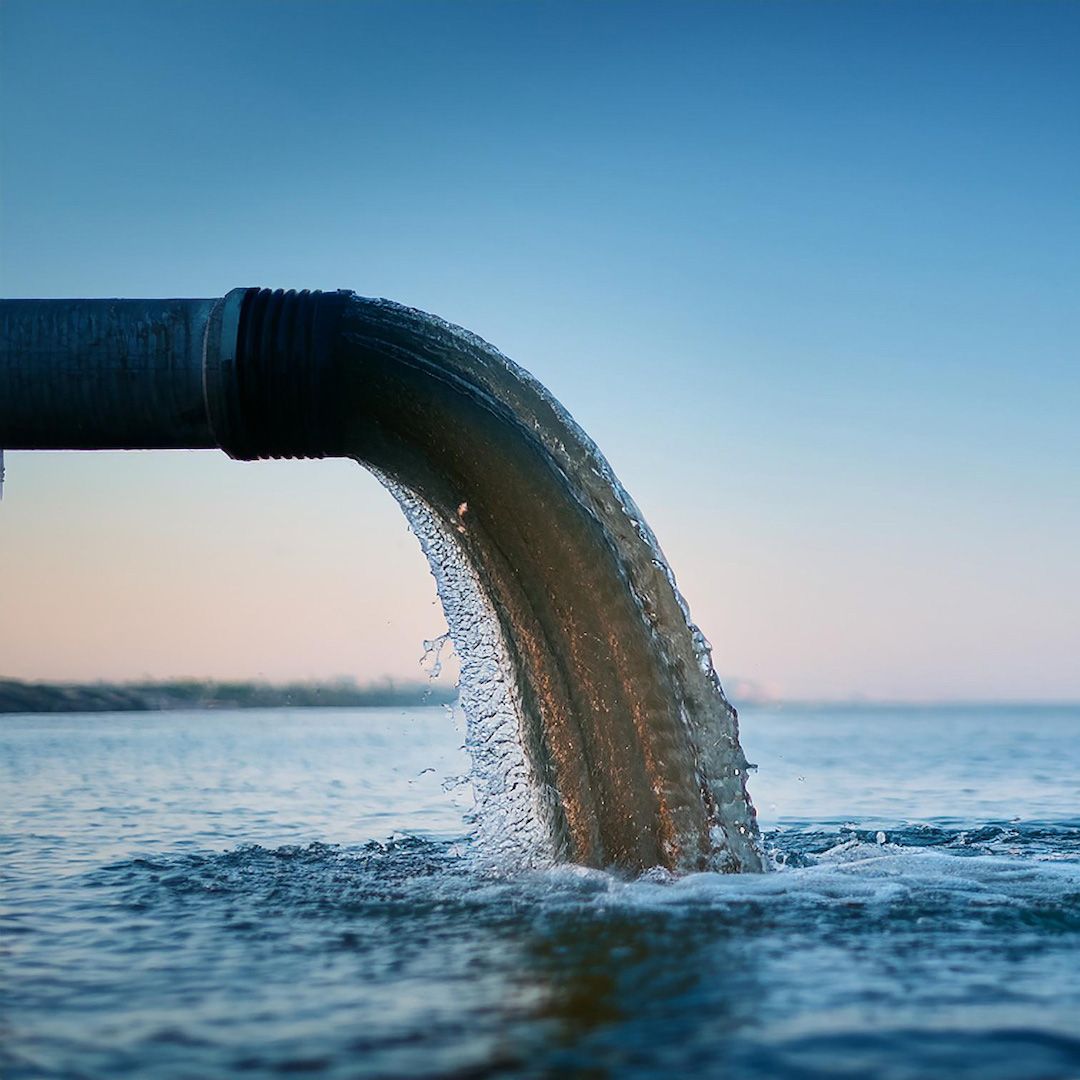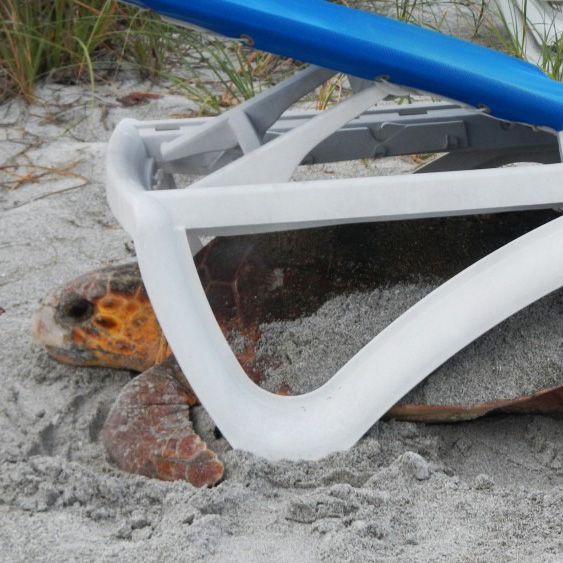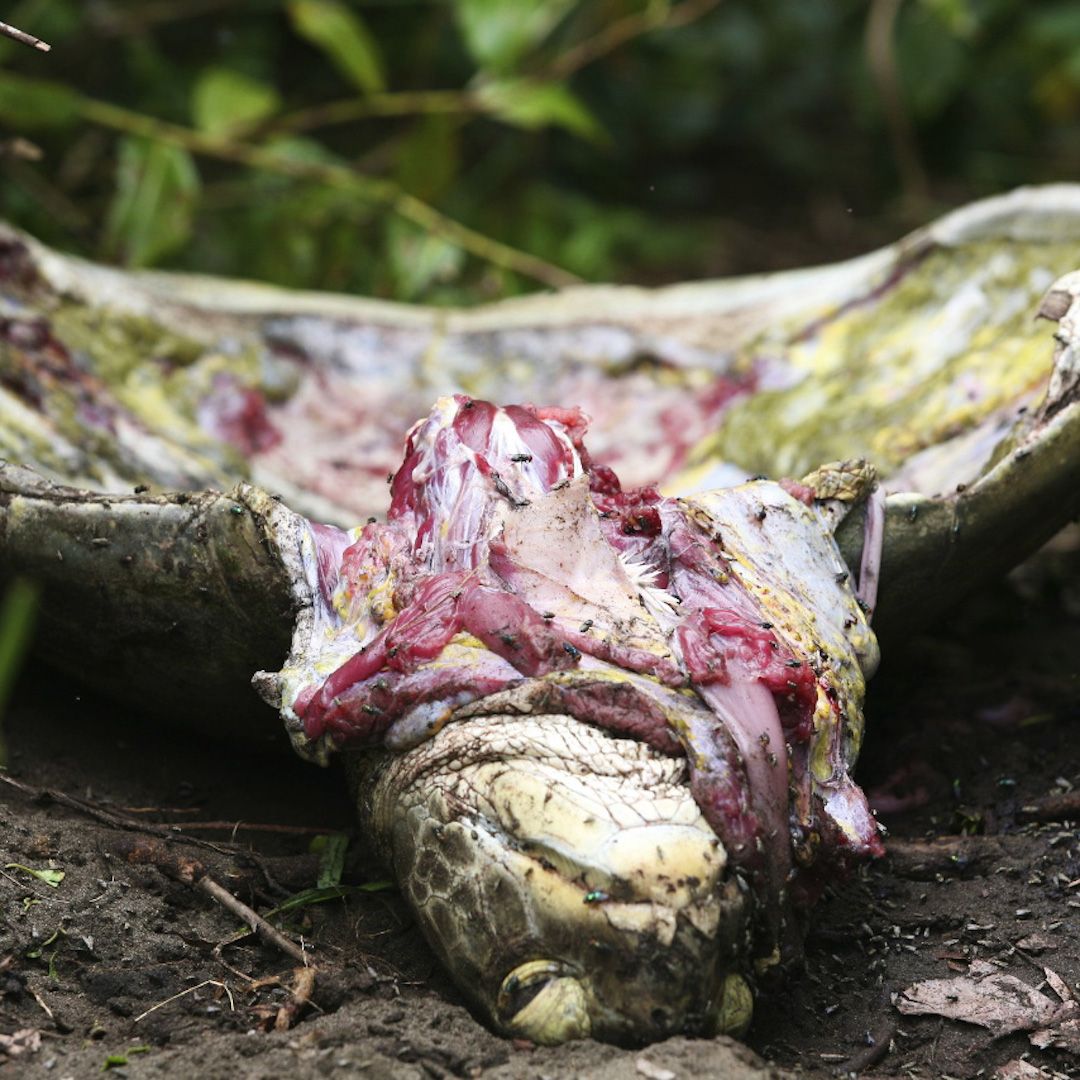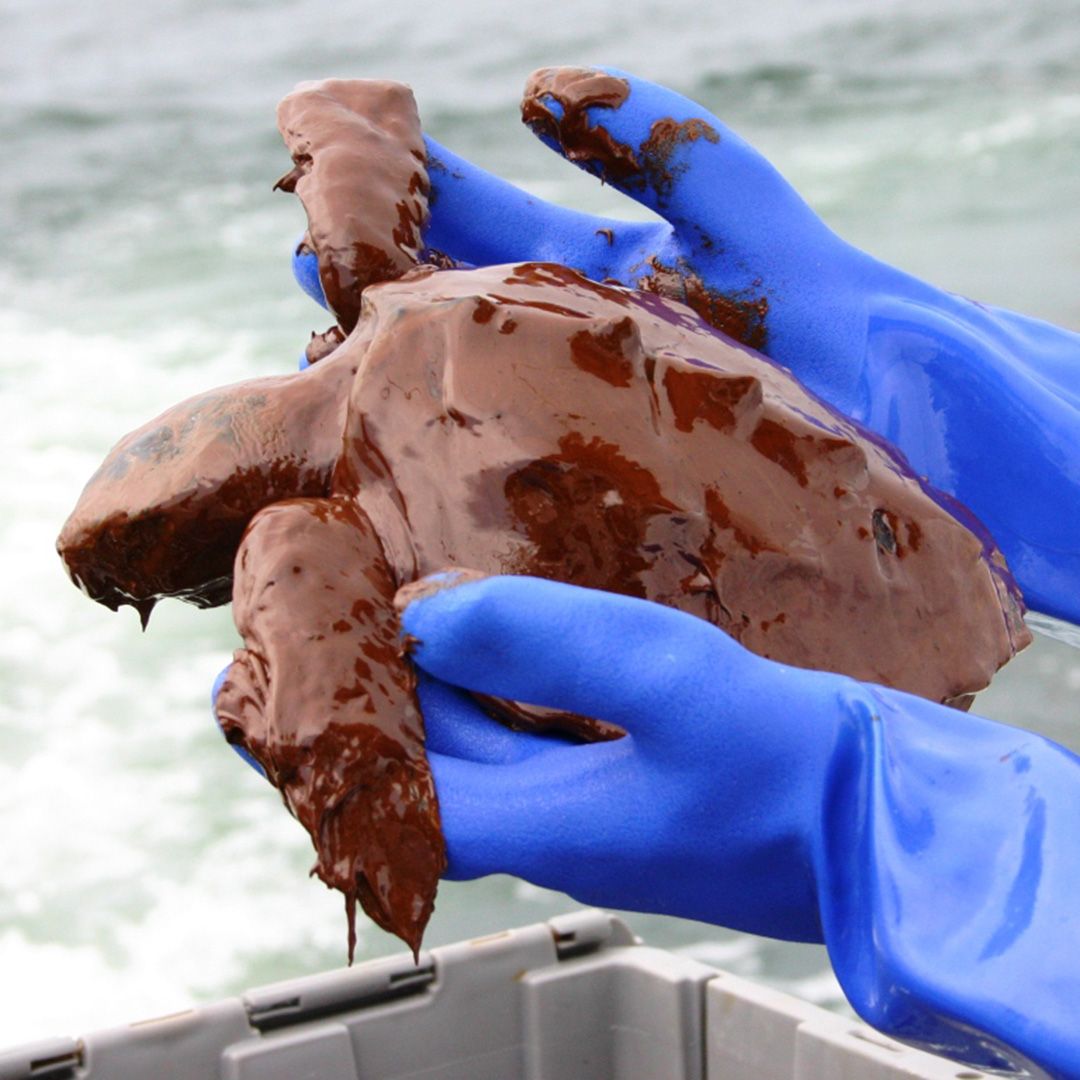Illegal Shell Trade
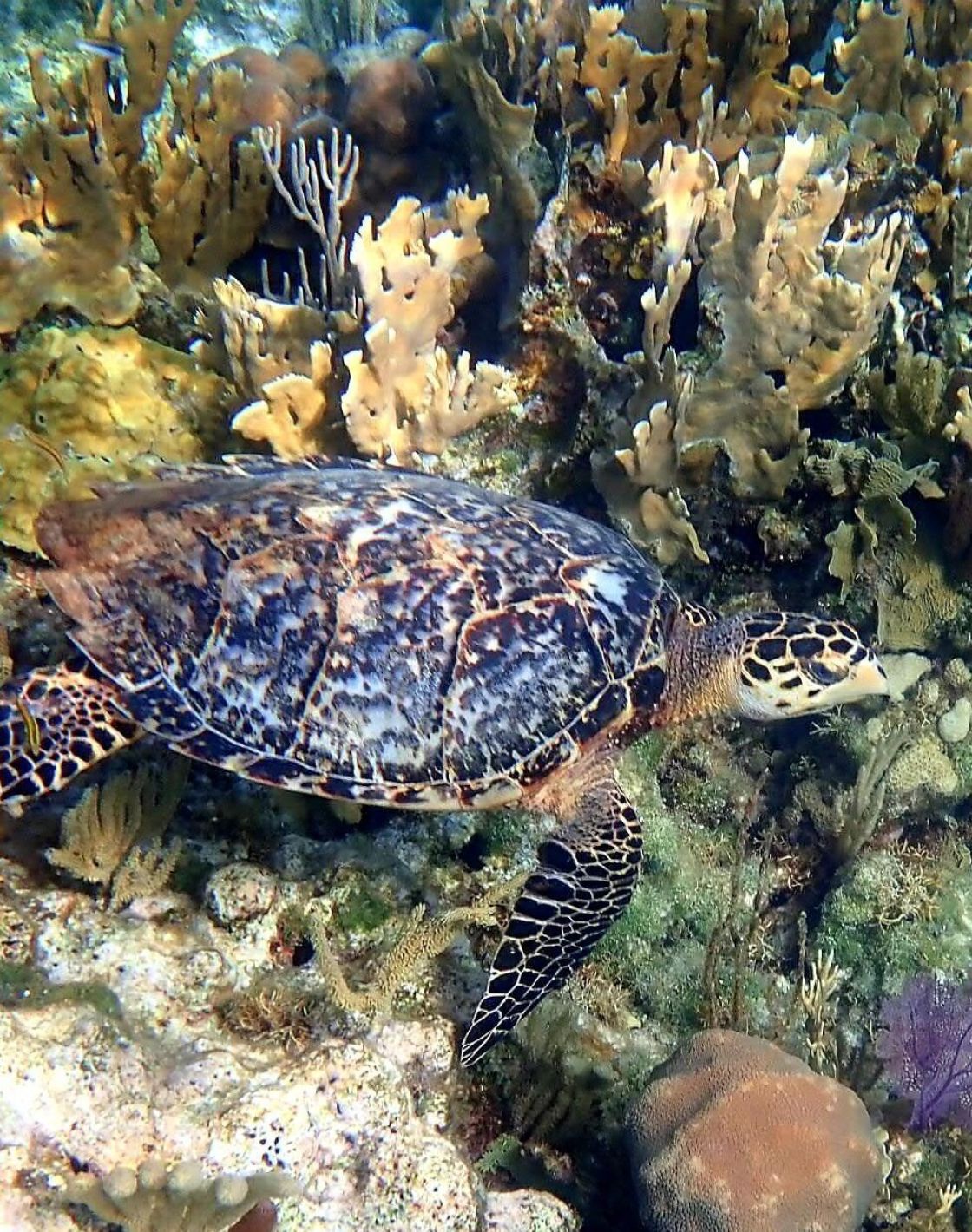
Illegal Shell Trade
Hawksbill sea turtles, recognized for their beautiful gold and brown shells, have been hunted for centuries to create jewelry and other luxury items. As a result, these turtles are now listed as critically endangered. They are especially threatened in the Indian and Pacific oceans and along the Caribbean Coast. To improve their survival outlook, an international agreement signed by 183 governments, known as CITES (the Convention on International Trade in Endangered Species of Wild Fauna and Flora), declared the trade of these shells illegal in 1977.
Today, the demand for shells continues on the black market, online and in tourist markets. Lack of information about sea turtles leads many tourists to unwittingly support the international trade in these endangered species. Buying, selling or importing any sea turtle products within the United States is strictly prohibited by law, but turtle shell jewelry and souvenirs are still the most frequent contraband items seized by customs officials from tourists returning from the Caribbean.
Taking a Closer Look
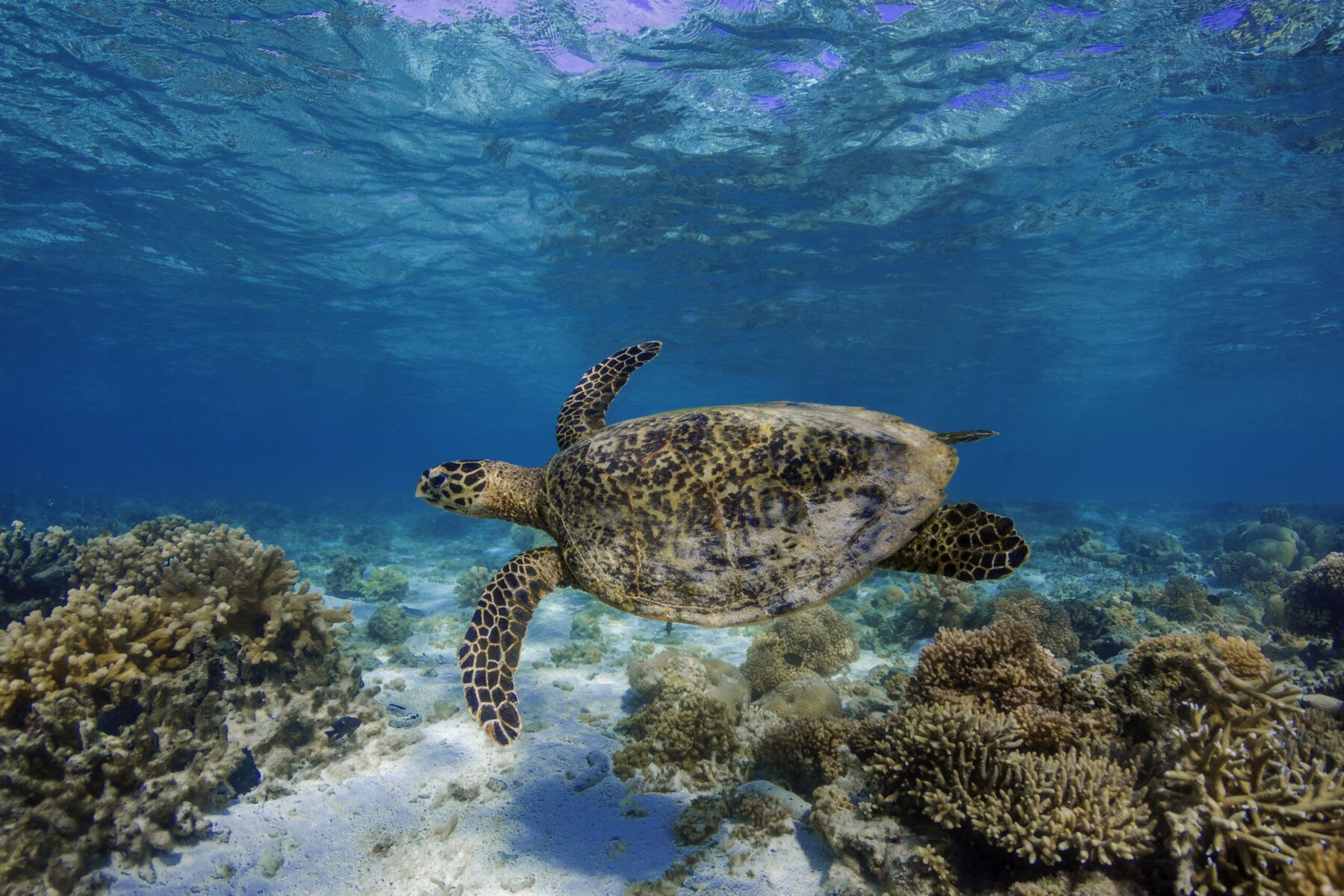
Turtles are Too Rare to Wear
The US is the world’s second largest market for illegal wildlife products and tourists who purchase them abroad and bring them home often don’t realize they are contributing to the decline of a critically endangered species. However, collaboration between conservation groups and government agencies will ultimately be responsible for ending the turtleshell trade.
Tips & Resources
Learn How To Recognize Real Turtleshell
Turtleshell (also sometimes called “tortoiseshell”), comes from the shell of the hawksbill sea turtle and is made of keratin. It can be confused for items that look similar, including cow bone or horn, plastic, or coconut shell. This guide will help you tell the difference so you can accurately identify it when shopping for souvenirs. When in doubt, purchase something that you can be sure is not turtleshell.
Take the Pledge to Avoid Turtleshell
When traveling in Latin America and the Caribbean, Asia, or Africa, pledge to shop carefully at souvenir shops and look for and avoid any products made of turtleshell, including bracelets, earrings, rings, guitar picks, combs, and fans. Look for and purchase locally-made and eco-friendly products. Sign the official pledge here!
Report Turtleshell Products
Download the SEE Shell App to find out if a product is made of real turtleshell, and if so, report it! You can also report items for sale online through Facebook, ebay, etc.
Travel Sustainably and Support Turtle-Friendly Locations
Research destinations before you travel and give preference to “turtle-friendly” locations i.e. places with laws that protect sea turtles.
